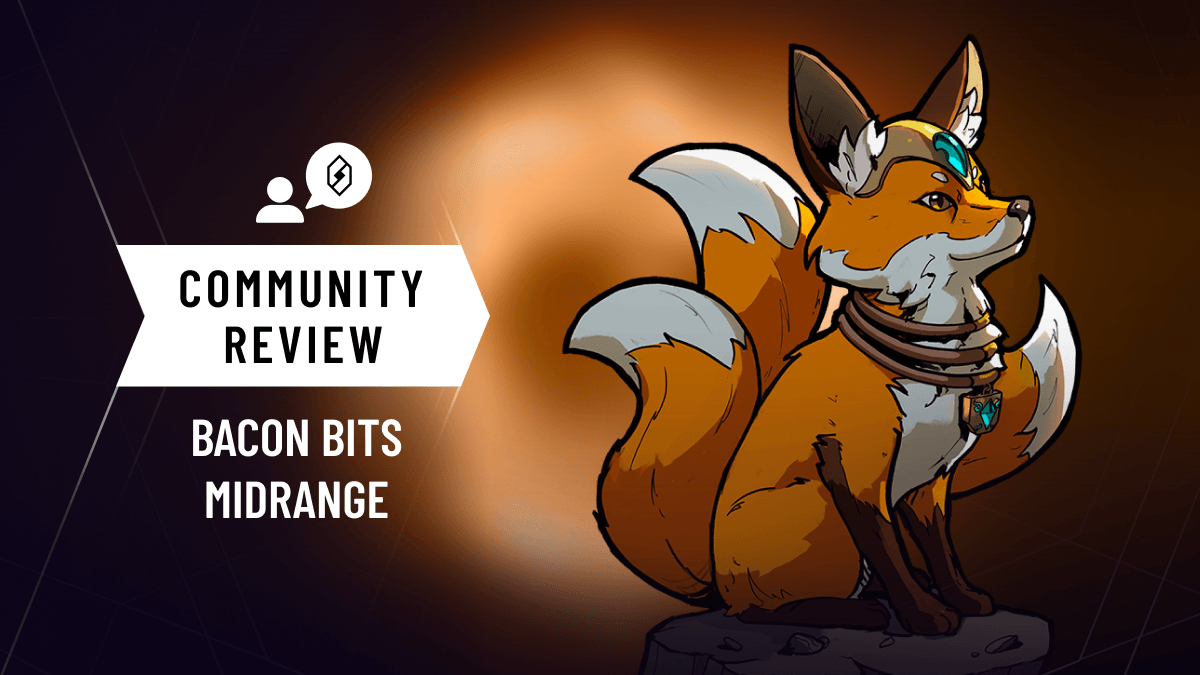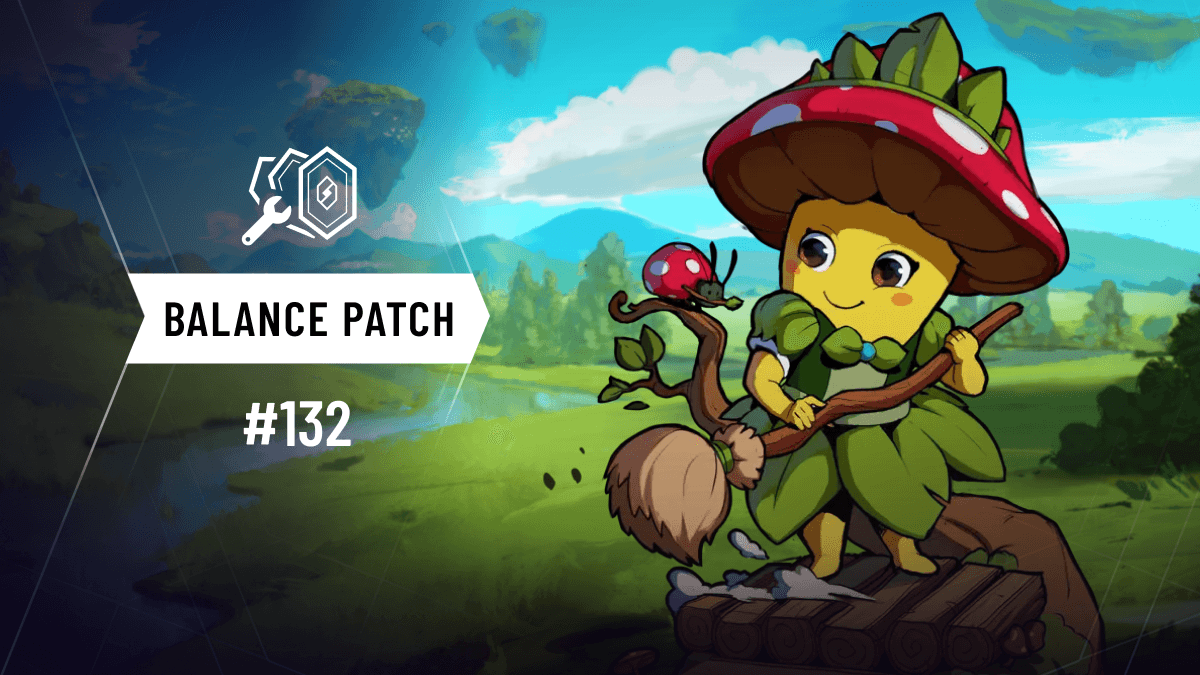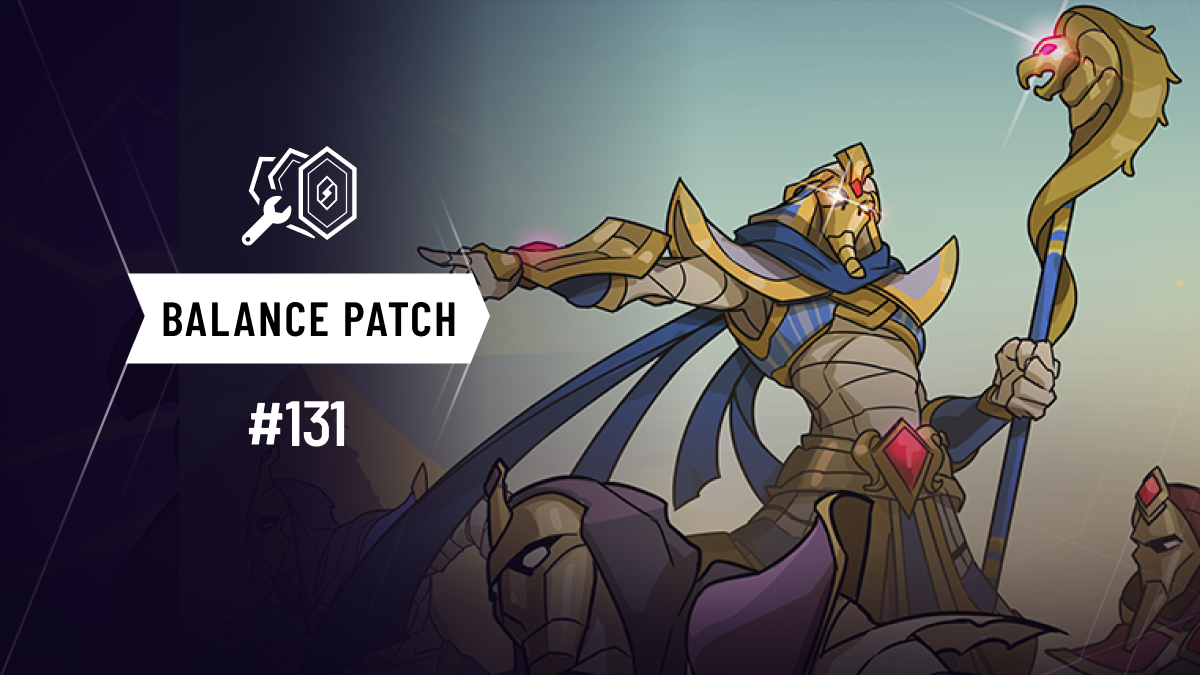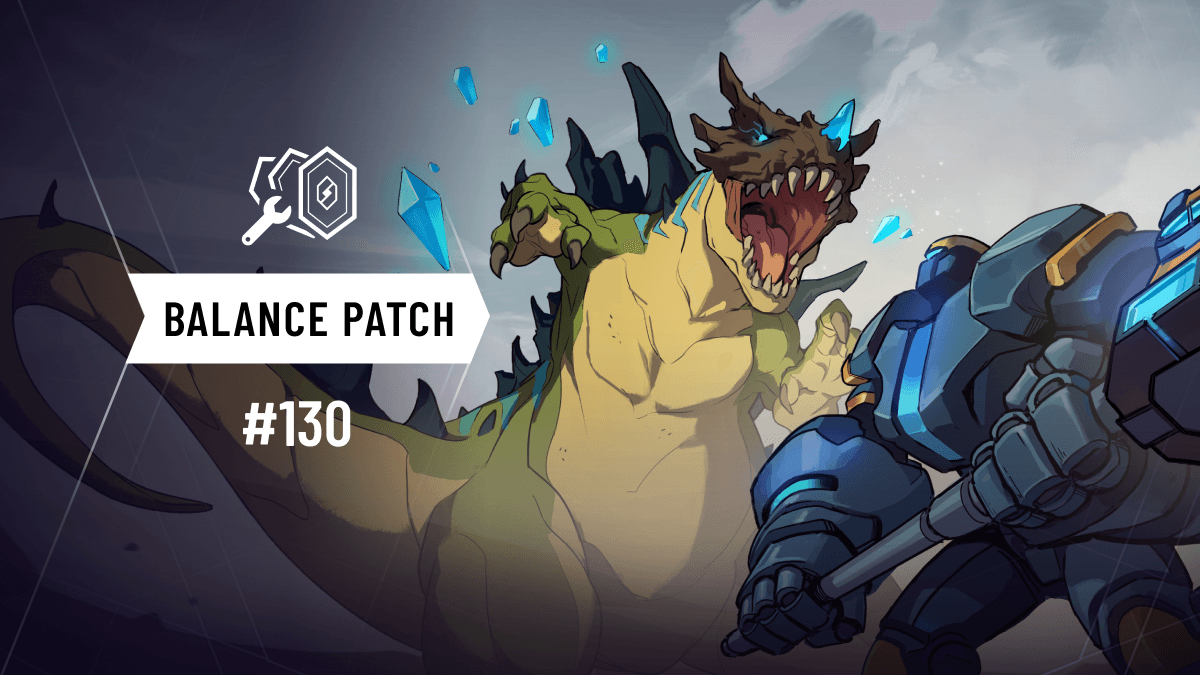Bacon Bits: Midrange
Written By: Just Add Bacon | Editing By: Alpha Sapphire
Howdy y’all, Just Add Bacon here, miraculously delivering my midrange dissertation. Despite being one of the most confusing and demanding archetypes, midrange is actually my favorite. So, it is with pleasure that I present this article, discussing what midrange is, how it works, and how it can be countered. Thus, without further ado, let’s break it down!

Overview

In terms of archetypes, midrange can be a bit confusing, as it sits between aggro and control. If aggro decks are defined by focusing on tempo, and control by card value, then midrange decks might be best thought of as aiming for both. However, I think it’s more precise to think of midrange decks as aiming to have high card value at each point of the mana mana curve. In this sense of things, midrange decks enjoy playing cards at each stage of the game, and their curves tend to peter out just a bit after aggro’s do.
In practice, this gives a few defining characteristics of midrange decks. First, they generally have a strong focus on well-statted units. This is because, especially at the earlier stages of the game, well-statted units can reliably go +1 by attacking other units. Aside from well-statted units, midrange decks generally focus their removal on dealing with aggro decks. Because they are slower, and don’t normally have the healing that control does, midrange decks can be especially vulnerable to being rushed down or burned to death. Thus, controlling board early is crucial.
Finally, midrange decks love top-end threats. Units ranging from 5 to 7 mana, like Epic Eagle, Hexed Treefolk, Mighty Steed, and Fren-Z, provide the deck with relatively early finishers, and remain dangerous throughout later games. These cards are defined by having strong stats, immediate board control, and a large damage threat when not properly answered. While not essential, the top-end threat is a crucial part of many midrange builds, and is often a defining part of the deck.
Theory

At this point, a question might arise about why a player would take a mixed approach between tempo and value. After all, if one is more important than the other, then it would seem better to focus on just that. Alternatively, if they are of equal importance, then it still doesn’t make sense to split the focus.
For midrange to work, it is important that tempo and value interact both within a deck and with the opposing deck. For midrange, the interplay between the two is the deck’s strength, and allows it to handle both aggro and control decks. The key is that a good midrange player is capable of emphasizing one or the other in a given matchup, and uses this versatility to target the opponent’s weakness.
Consider a game between aggro and midrange. The aggro player undeniably has a better deck for tempo, but the midrange player can certainly outvalue the aggro player. Thus, both players are aware that, over a medium to long game, the midrange player is more likely to win. Thus, the aggro player’s win condition is exclusively trying to win off of tempo. However, the midrange player can counter this by focusing more on tempo in the early game, going almost even with the aggro player, and stalling until when they have more favorable conditions.
Alternatively, the same flexibility can be used to overwhelm control decks. Control decks will have an advantage in the late game, forcing the midrange player to be more aggressive. However, the control deck’s removal is primarily geared for high-tempo units, which tend to have lower stats. Thus, midrange can actually force openings with its larger units, which trade favorably against control’s removal. With this added bulk, midrange capitalizes on the opponent’s slower build, and can stack threat after threat against their opponent’s dwindling pool of options, eventually overwhelming them with threats they can’t answer.
Shortcomings

As every reader should be well aware of by now, nothing is perfect, and this of course includes midrange. Primary to midrange’s misgivings is its reliance on the relevance of flexibility. Both of the above examples paint rosy pictures, but they are not at all constants. For starters, aggro can often end up having inevitability in Skyweaver, due to its burn, thus undermining the entire advantage midrange might’ve had. On the flip side, removal options can often be versatile, capable of addressing bigger threats than just what aggro has. If this is true, then midrange not only struggles to make openings, but it also lacks the burn aggro uses to close games.
Thus, there’s only a narrow circumstance in which midrange is actually good in a card game. First, there must be good units which trade well against removal. Secondly, controlling the board with these units must be a crucial gameplay element. If either of these are circumvented, midrange will struggle for relevance. Decks will either be incentivized to cut top end threats for tempo and burn, or cut cheap units for more removal and value.
In Practice

In general, due to the historical relevance or burn and removal, midrange has not been a very common archetype in Skyweaver. However, there have been notable exceptions to the rule.
The most prominent of these is Sitti Water, which, at its height, ended up getting vapors substantially nerfed. The core of the deck focused on cheap water units, like Bubbles, Krystal, and Trident True, to cycle through its deck quickly, accumulating value quite efficiently. Combined with Heart’s floater package (Icaru, Shade, Crypto) and Intellect removal, Sitti Water had a wide range of options for answering every deck. On the top was its notorious finisher spell Floodwater, which reloaded its deck with numerous threats.
Notably, Sitti Water had great tools to address all the shortcomings previously mentioned with midrange decks. Because Vapors restored two health and drew a card when dusted, potentially for free, it made a natural counter to aggro decks. The healing could negate whatever burn damage aggro players dealt, and the cards generated allowed Sitti to bury them in cheap, tempo-efficient units. On the control side Sitti was a bit worse, as her units weren’t exceptionally statted, but outliers like Encantadora, Bubbles, and Sapphire helped cover for this. If an opponent was caught without hard removal, these could steal the entire game. Finally, Floodwater’s refill, combined with the free healing of Vapors, meant that control decks had a much less favorable time in the late game, forcing them to be more aggressive in the midgame.
Aside from Sitti Water, Horik Light is another build I feel compelled to mention due to just how fun it was. Relying on Glorious Mane to tune-up already beefy units, Horik Light brought a unique threat of cheap and big units against most decks, supplemented with the reliable draw power of Heart. While it lacked any massive reload like Floodwater, cheaper finishers like Pharonis, Bard Rock, and Khan still allowed it to press on through some control decks.
Chiefly, I mention this deck here because it’s received a lot of cool tools since its heyday and has (wrongly) fallen into obscurity. New options like Stand as One, Hexed Surit, Scarabot, Rags The Returned, and Tireless Iteration have greatly expanded the range of the deck, providing it with much more stability than it could’ve ever dreamed of before. For these reasons, I’m even breaking one of my cardinal rules and giving y’all a deck string, so try it out!
SWxSTH022mnVdErKqLY3wGHPaJwL4QLZNkNasAgxjLrVRufvqTsWkChSAbozXJzk4tP6kcAn9wUh6wMbqymjmASK1D
Conclusion
While it’s true that I don’t play it that often, Midrange is in fact my favorite archetype. Fundamentally, I think it’s just the most interesting, since the very way the deck is played (with the same cards between matches!) can change from game to game. That, in my opinion, is just cool, and something that every card player should enjoy at one point or another. Until next time, see y’all in Sky!
Join the Discussion! 🎙️
To chat with the rest of the community and the Horizon team, join our Discord server! Subscribe to our subreddit to share your ideas, and be sure to follow us on Twitter or Instagram! Also—we’re on TikTok too!
Skyweaver is in Open Beta. You can play for free at play.skyweaver.net or download the game on Windows, Mac, Linux, IOS, and Android!

Recent Posts














